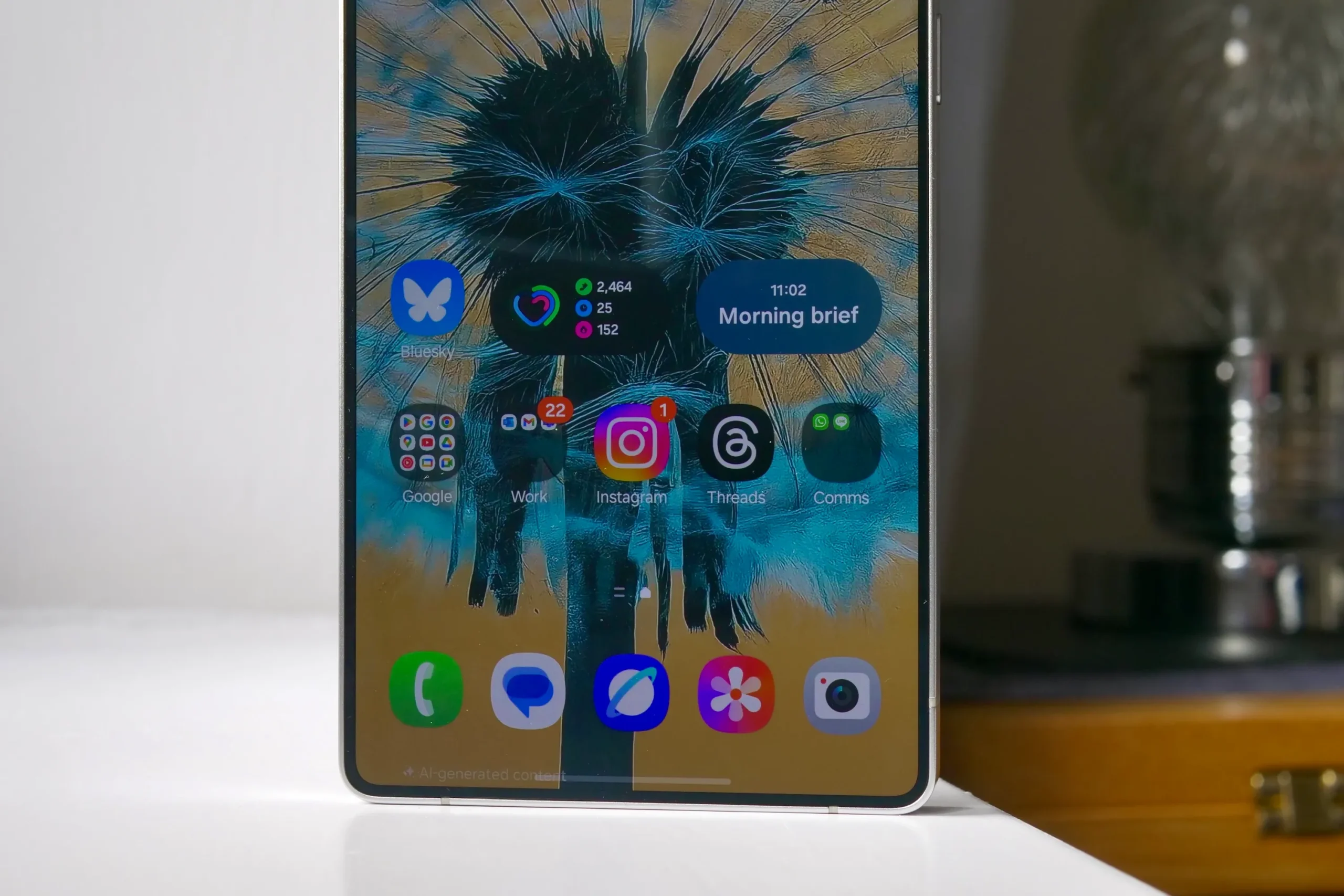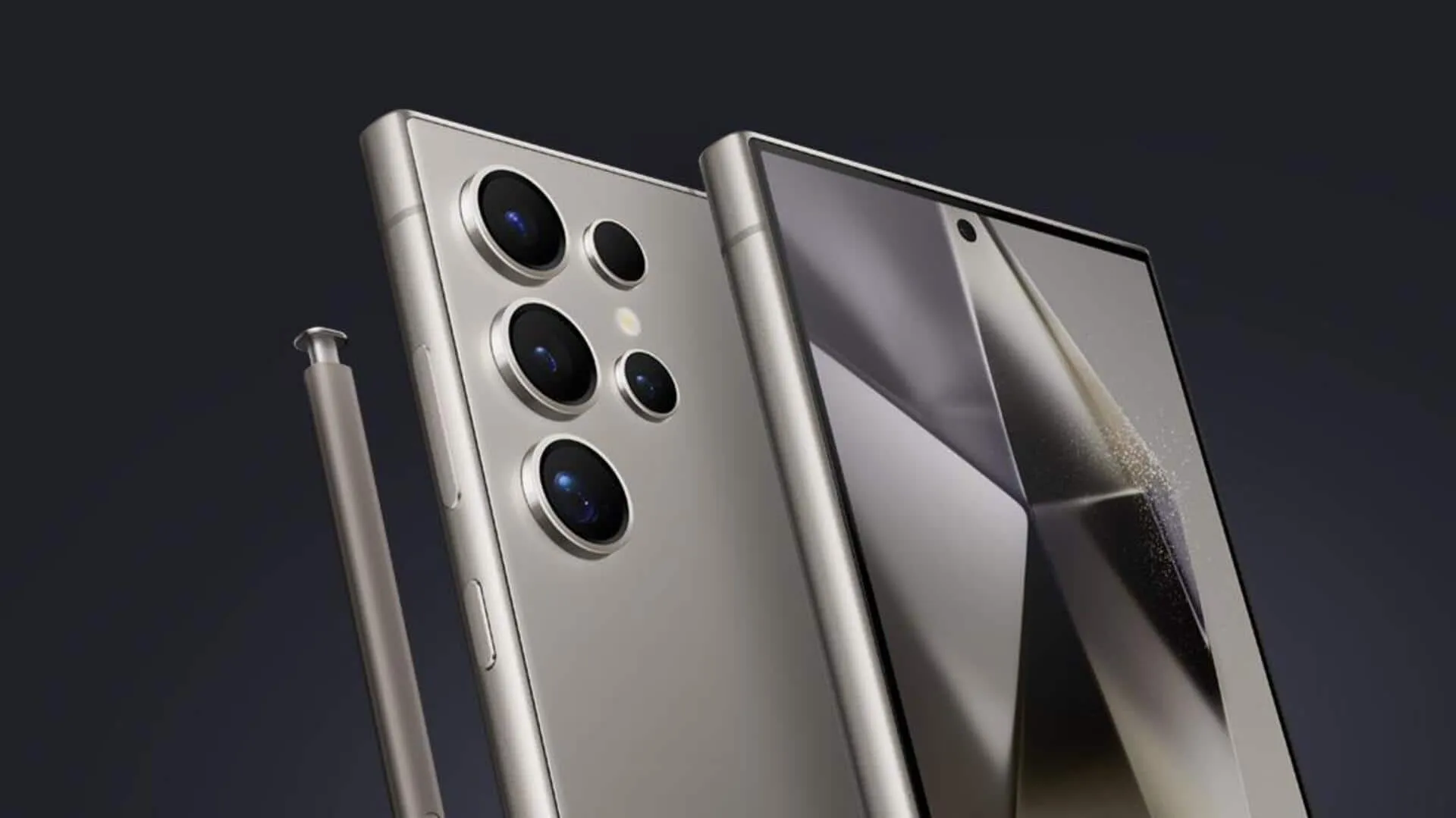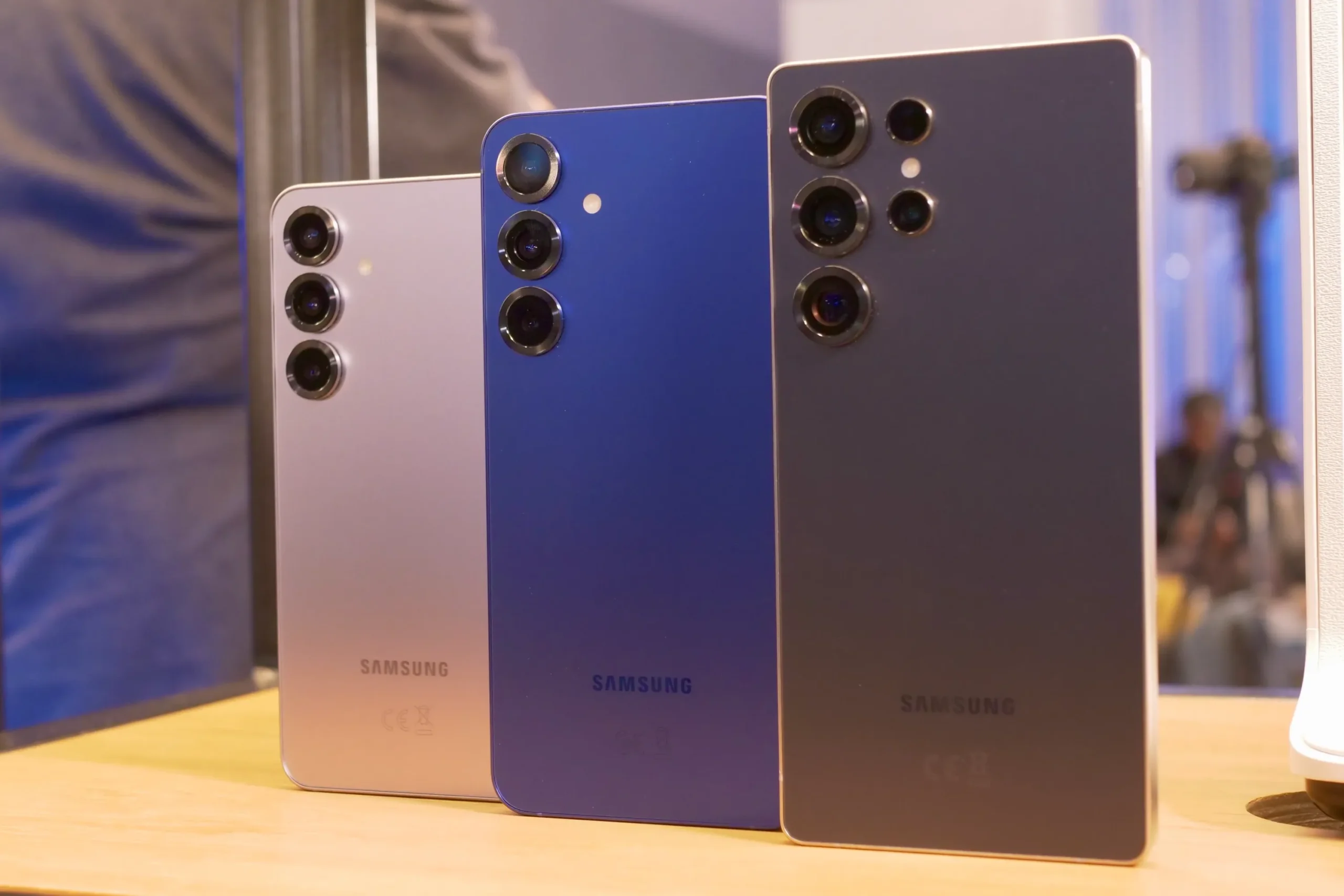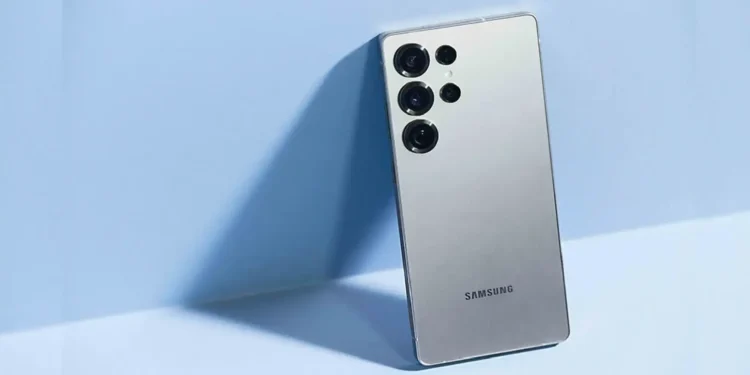As the tech world turned its eyes towards Samsung this January, the launch of the Galaxy S25 represented not just another product release but a significant leap in mobile technology. The Galaxy S25, heralded as Samsung’s new AI flagship, has already set the stage for what many anticipate to be a groundbreaking era for the brand. Teaming up with Google, Samsung integrated the advanced Gemini AI, making the device as smart as it is sleek.
However, as the Galaxy S25 starts making its way into the hands of eager users, it’s accompanied by the rollout of Android 15 / One UI 7, which promises to elevate user experience with enhanced security and stability. The anticipation is palpable, as Samsung aims to perfect this release, aware that the satisfaction of their user base hinges on the seamless integration of these updates.

Security Updates: A Mixed Bag for Samsung Users
February, however, brings with it challenges that could tarnish the shiny new device’s appeal. The Android security landscape is rarely without its flaws, and this month has exposed a critical vulnerability in the Android system—CVE-2024-53104—a zero-day exploit actively threatening user security by targeting the core Linux kernel used in Android devices.
Google has acknowledged the potential limited, targeted exploitation of this flaw, which mishandles video frames and could trigger memory instability. Typically reactive, Samsung has not yet included a fix for this in their February security patch, leaving users exposed and the tech community baffled at the omission.
Equally concerning is the absence of a fix for CVE-2024-45569, a critical Qualcomm issue, from the current update cycle. While Samsung often schedules these third-party component updates for the following month, the delay does little to assuage the fears of users who remember the Qualcomm vulnerabilities from the previous year.

Update Delays and User Frustration
The launch excitement for the S25 is somewhat dampened by the fact that the current firmware still includes only December’s security updates, a lag that Samsung promises to address swiftly. This delay is not just a technical issue but a strategic misstep that highlights ongoing struggles within Samsung’s update process. For a flagship that should epitomize the best of Samsung, including Pixel-like seamless updates, this is a glaring shortfall.
On the flip side, Galaxy S24 owners are caught in a frustrating wait for the One UI 7’s stable release. Expected to significantly boost both safety and security, the update’s delay extends beyond inconvenience, impacting user trust and satisfaction.

Samsung assures that both the S25 and newer flagships will receive the much-anticipated One UI 7 by the end of the first quarter. Yet, as users speculate and Samsung remains tight-lipped about specific timelines, the tech community can only hope that the implementation will be both swift and smooth. According to SammyFans, even Samsung Support U.S. has been cautious, avoiding any speculation that might set unrealistic expectations.
The introduction of Galaxy S25 marks a pivotal moment for Samsung as it navigates the choppy waters of technological advancements and security challenges. The company’s ability to address these issues promptly will be crucial in maintaining its reputation and user trust. As we move forward, the effectiveness of these updates will inevitably shape the future of Samsung’s flagship offerings.










